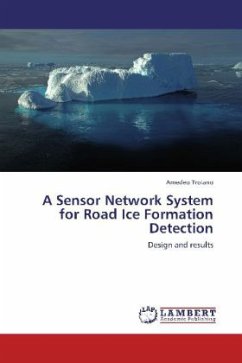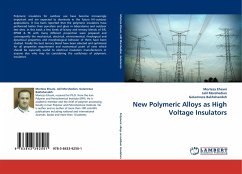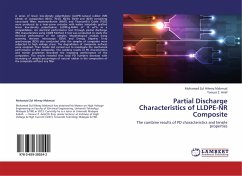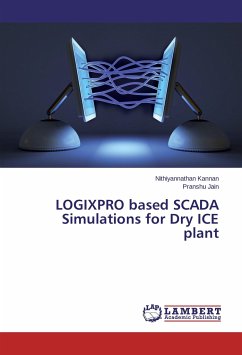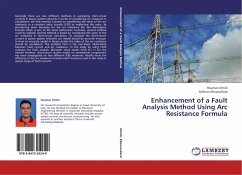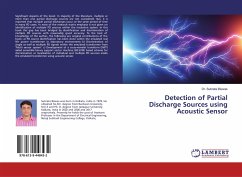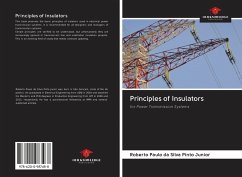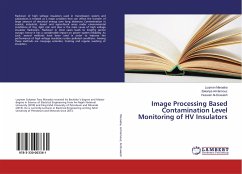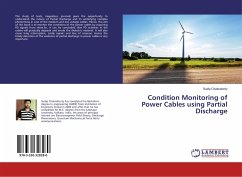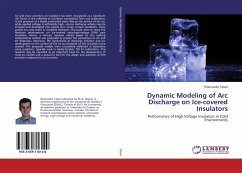
Dynamic Modeling of Arc Discharge on Ice-covered Insulators
Performance of High Voltage Insulators in Cold Environments
Versandkostenfrei!
Versandfertig in 6-10 Tagen
47,99 €
inkl. MwSt.

PAYBACK Punkte
24 °P sammeln!
Ice and snow accretion on insulators has been recognized as a significant risk factor in the reliability of overhead transmission lines and substations. In the presence of a highly conductive water film on the surface of the ice, while applied voltage is sufficiently high, corona discharge activity may be initiated and developed into partial arcs. Under certain conditions, these partial arcs may result in complete flashover. This book aims to study the flashover phenomenon on ice-covered extra-high-voltage (EHV) post insulators. Hence, a two-arc dynamic model based on the existing mathematical...
Ice and snow accretion on insulators has been recognized as a significant risk factor in the reliability of overhead transmission lines and substations. In the presence of a highly conductive water film on the surface of the ice, while applied voltage is sufficiently high, corona discharge activity may be initiated and developed into partial arcs. Under certain conditions, these partial arcs may result in complete flashover. This book aims to study the flashover phenomenon on ice-covered extra-high-voltage (EHV) post insulators. Hence, a two-arc dynamic model based on the existing mathematical models was proposed to predict the parameters of AC and DC flashovers. Moreover, the mechanisms of discharge initiation and arc development on the surface of the ice accumulated on the insulators were studied. The proposed models were successfully validated in laboratory using insulators, typically used in Hydro-Quebec 735 kV substations. This research may be regarded as an important basis for the development of multi-arc models and a powerful tool for the design and selection of EHV insulators subjected to ice accretion.



